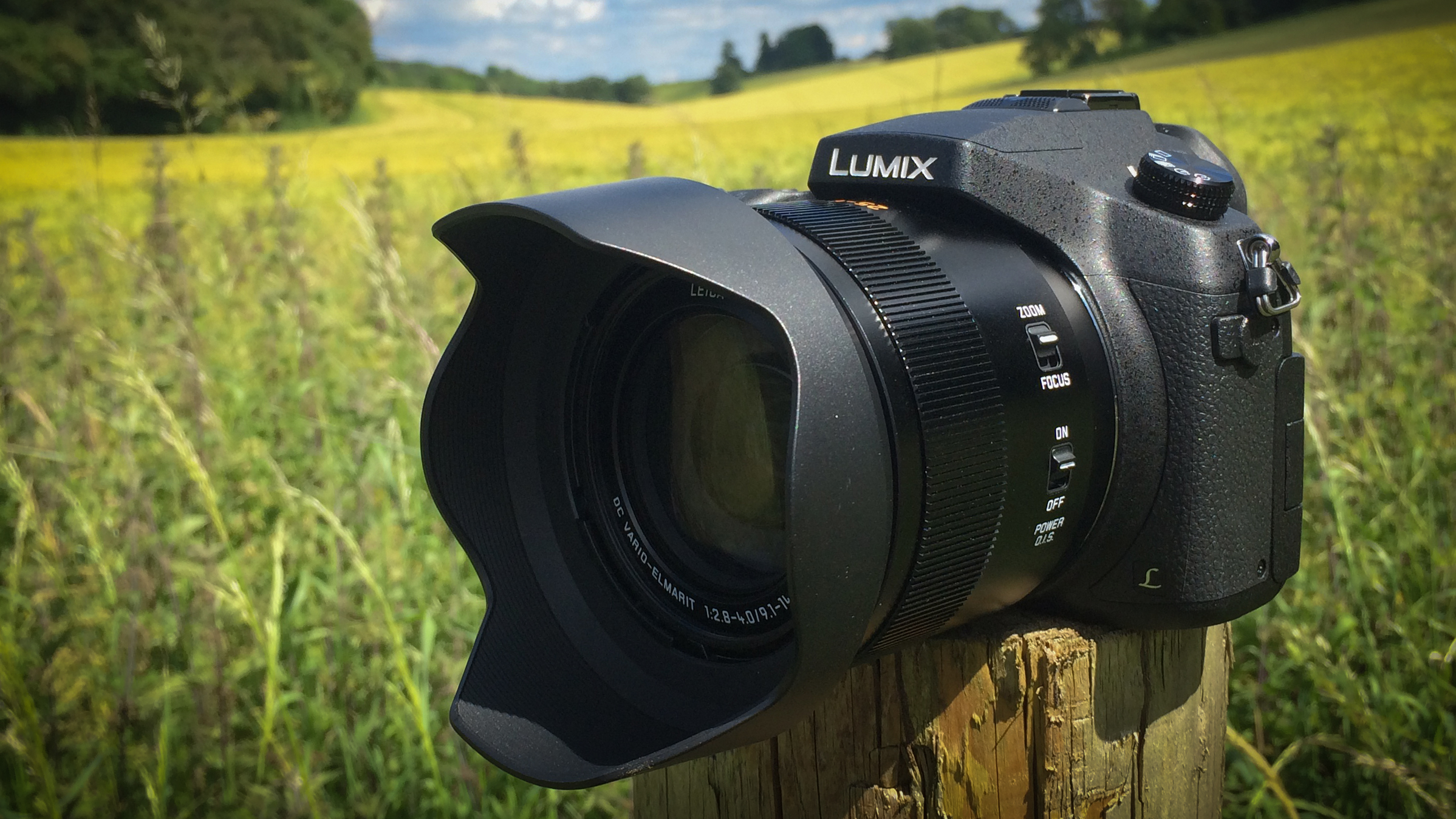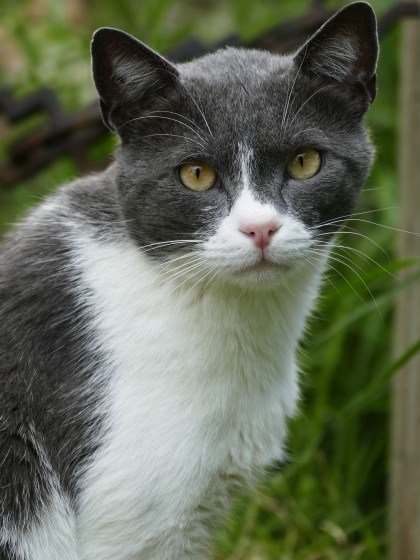Will video kill the photography star?
Shooting 3,000 frames a minute you'll never miss a moment

I've been told on more than a few occasions in the last week or so that video is the way forward for all photographers. More specifically, that once we all have the ability to record 4K video with our DSLRs we'll have no need or desire to shoot stills. The smart guys will be pulling 8-millon-pixel still images from their video footage and never relying on chance and never missing a moment.
Putting aside for now my natural discomfort at the thought of a deeply inauthentic process for finding a decisive moment by which we capture all moments and disregard the non-decisive, I can see how this might make sense for some.
News and sports photographers rarely need more than eight million pixels (and isn't 8K video just around the corner anyway?) and would surely feel the benefits of being able to extract their magic moments as a panner sifts gold from the silt of the riverbed. I think most professionals would feel that so long as they got the shot, and had put themselves in the position to get the shot, it would be a job well done.
Wheat from the chaff
Of course all types of photography, other than still life, involve a certain amount of action, from fashion to portraiture to street photography and landscaping, so in theory we'd all benefit from putting the camera in the right place, pressing record and waiting passively for all the right things to simultaneously come together.
All we'd need to do then is look through what we captured in the file to see what was worth viewing. It wouldn't just be the moment the bat hit the ball, the foot crossed the line or the bullet passed through the apple. We would also be able to find that momentary glance, that knowing look in the portrait sitter, the moment the sun struck the tree in the landscape and that split second when the wave form looked perfect as it crashed against the sea wall.

Every moment and every coincidence of objects, people and light between the two presses of that red button would be captured and recorded, for us to relive once more, one frame at a time and in slow motion. We'd be able to control time, like the Greek god Chronos, so we could select and reselect the moments that would have meant the most to us had we witnessed them in a conscious, memory-making and chronological manner. Recording at 50 frames per second, surely nothing would escape us and we'd have the ideal method of visually defining the essence of any event.
The argument is compelling, based on the return of perfect-moment pictures, and it will be hard for anyone working in a competitive environment - professional, at club level or simply to satisfy a personal drive for perfection - to ignore the possibilities.
Get daily insight, inspiration and deals in your inbox
Sign up for breaking news, reviews, opinion, top tech deals, and more.
Trawler approaching
To some, photography is just a tool, but to others the process is as important as the result, and it matters how the picture comes about. It matters to some photographers whether they are photographers or videographers. Very often it matters a great deal. There is pride in craft and thought, consideration and anticipation, and there's satisfaction in the testing sport of pulling the trigger at precisely the right moment.
I suppose it is the same as the difference between line fishing and trawling. When you need to make fish fingers for the supermarkets you have to trawl and sort the useful fish from the minnows, the dolphins and the debris raked from the seabed. When you bait a line and choose where you place it you can be more specific about what you catch. You might catch nothing, but there is pleasure in the practice of the skill and a greater sense of achievement when the whopper is landed.
Which is more important when we all want to create the perfect image – the end or the means, the experience or the result? That depends I suppose on why we take pictures and what makes us happy.